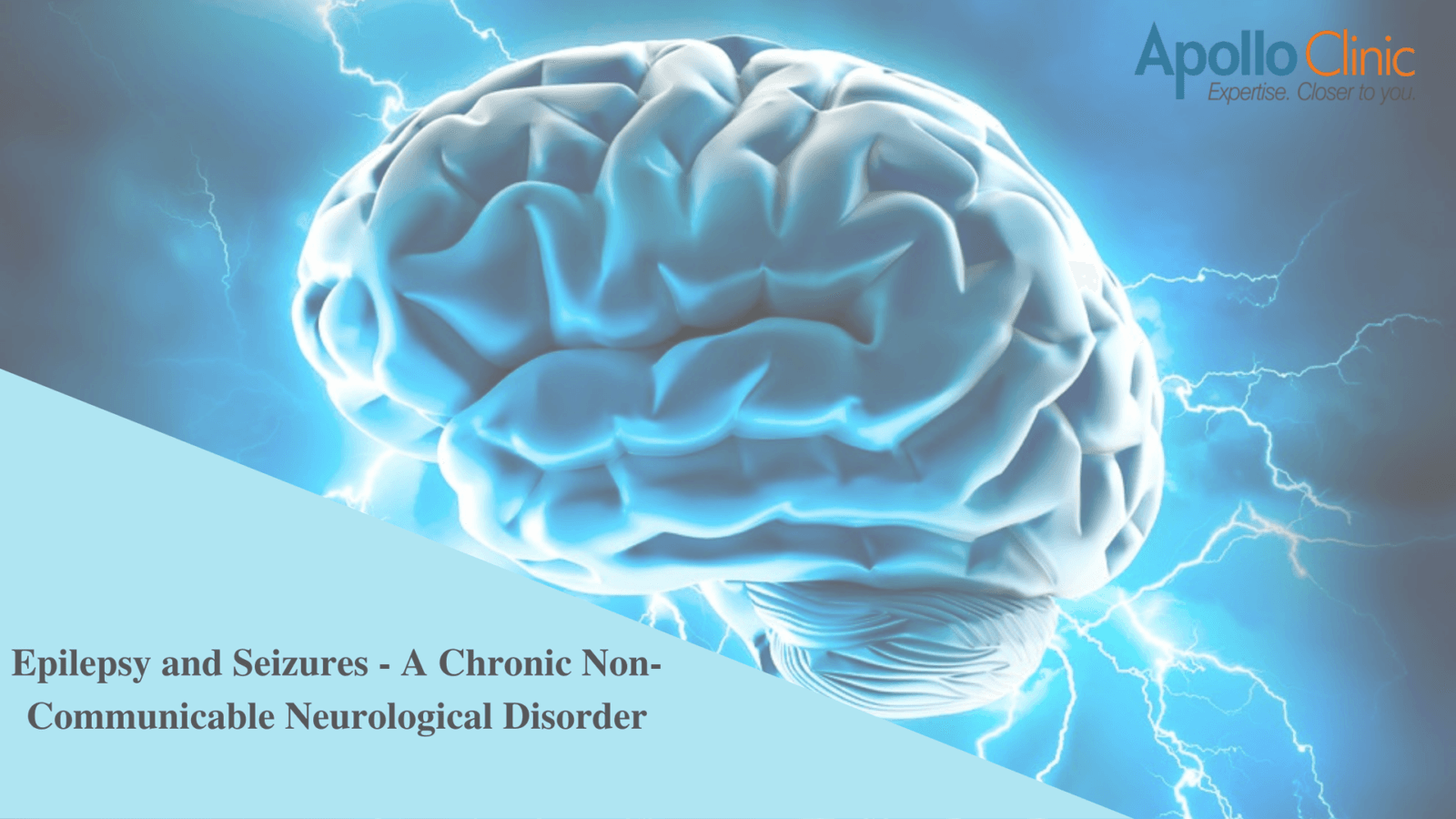Epilepsy, which affects about 50 million people worldwide, is a chronic brain condition occurring to many people. Fortunately, it is not communicable. It is characterised by repetitive attacks, which are brief episodes of involuntary motion involving a portion of the body or the whole body. This often involves loss of consciousness and bowel control. An incident does not indicate epilepsy. Two or more unprovoked involuntary spasms are classified as epilepsy.
Symptoms:
The seizures’ characteristics depend on when and how deep the disturbance occurs in the brain. People with epilepsy have higher levels of fitness problem, which includes fear and depression, and also more physical issues. This can also include fractures and injury flushes associated with seizures. A large proportion of the deaths caused by epilepsy are potentially preventable, especially in low and middle-income countries. These countries have fallen, drowning, burning, and long-term seizures as an actual cause of death that happens due to epilepsy.
Causes:
It’s not infectious with epilepsy. But in more than fifty percent of cases worldwide, the causes of the disease remain unknown. This disease’s causes are classified into mainly structural, genetic, infectious, and unknown categories. One of the significant reasons for this is hereditary disorders with related brain malformations or genetic syndromes. Often lack of oxygen to the brain due to any serious accident can be an important cause of this disease. This reason has killed so many people worldwide. So these are some of the common causes of the doctors’ epilepsy.
Treatment:
Seizures can be regulated. More than 50% of individuals with epilepsy can be recovered using antiseizure drugs properly. Daily low-cost medicine therapy is available to deal with this disease. Discontinued medicine against seizures can take into account clinical, social, and human factors where the patient did not have an attack after two years. Pilot projects of the WHO has shown that the spreading of epilepsy care teaching to the primary health provider can effectively minimise the effects of the disease by diagnosing and treating the right area. Surgery can be helpful for patients with poor responses to medication.
Rates of disease:
Epilepsy accounts for a large proportion of the world’s disease burden, and it is found to have affected around 50 million people worldwide. According to reports, it has been found that nearly six million people face problems with epilepsy every year. In highly developed countries, it is found that 5 per 1,000 people are diagnosed with epilepsy annually. In low-and middle-income nations, this figure may be as extreme as 14 per 1000, which is practically higher than the total number of cases seen in the developed world. This is possibly due to an increased risk of endemic conditions such as malaria or some other condition, or due to any occurrence of road traffic accidents, or due to birth-related accidents.So I hope that this article will enlighten you about epilepsy and the various other factors related to it.








